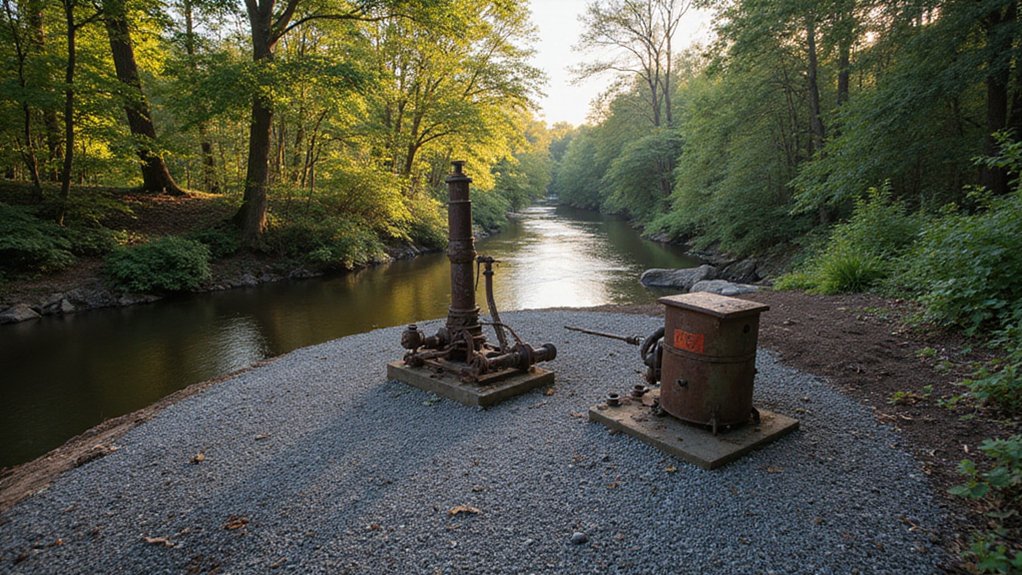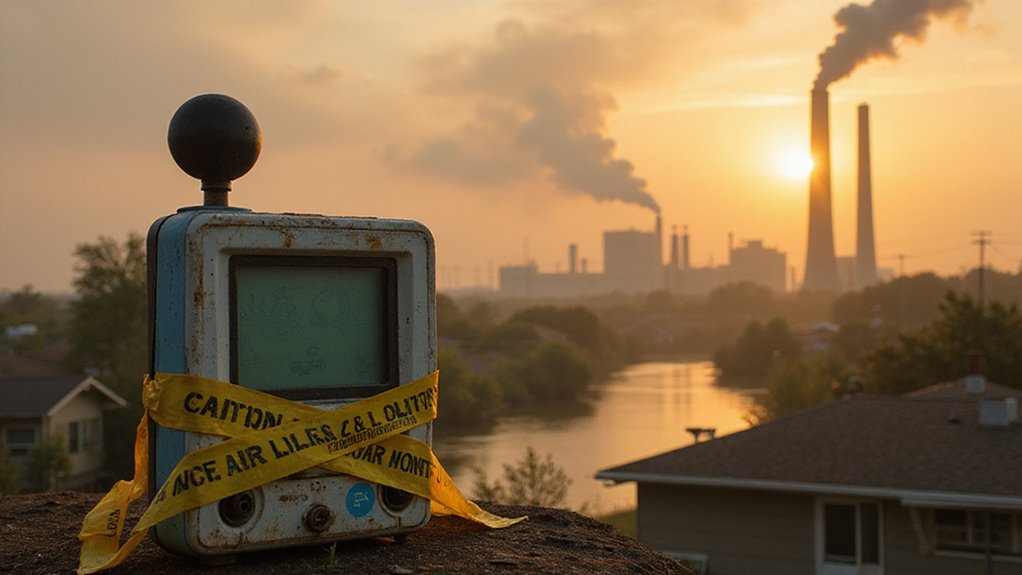While Minnesota politicians are pushing new laws to protect the Boundary Waters, the Trump administration is busy rolling out the red carpet for mining companies in northern Minnesota. Sen. Kelly Morrison and Rep. Sandra Feist are fighting to ban four high-risk mining practices. Meanwhile, Trump’s team apparently thinks toxic waste is exactly what America’s most visited wilderness needs. The administration’s National Energy Dominance Council has already prioritized the NorthMet Project for expedited federal permitting.
The threat isn’t subtle. Copper-nickel mining operations want to set up shop right in the headwaters of the Boundary Waters Canoe Area. These aren’t your grandpa’s iron mines. When copper meets oxygen and water, you get sulfuric acid. Add some heavy metals to the mix, and boom – acid mine drainage that poisons everything downstream.
Here’s the kicker: peer-reviewed studies confirm this pollution is basically guaranteed. Those giant waste piles? They’ll leak sulfuric acid, heavy metals, and sulfate pollution into the water. Forever. The toxic runoff would flow north toward Hudson Bay, contaminating the watershed of one of America’s last pristine places.
The Superior National Forest spans over three million acres in northeastern Minnesota. It holds 20% of all freshwater in the entire National Forest System. That’s not a typo. One-fifth of the freshwater in 193 million acres sits right where mining companies want to dig. The same water that supports world-class fishing and hunting. Smart move, guys.
Minnesota’s Pollution Control Agency keeps monitoring air quality, checking compliance with national standards. Their May 2025 report shows they’re tracking pollution methods, but here’s something wild – PFAS chemicals are literally raining down on Lake Superior. A recent study found rain spreading these forever chemicals into all five Great Lakes. As if the water didn’t have enough problems. This contamination mirrors a global pattern where PM2.5 particles cause significant respiratory and cardiovascular damage in vulnerable populations.
Conservation groups aren’t taking this lying down. Sportsmen for the Boundary Waters and the Save the Boundary Waters campaign are documenting risks and pushing protection initiatives. They’re pursuing federal and state actions to remove existing toxins while fighting new ones. Harvard economists found the proposed Twin Metals mine could displace 4,400 to 6,600 existing jobs in Northeastern Minnesota, contradicting claims of economic benefits.
Multiple conservationists are sounding alarms about increasing threats. The message is clear: Minnesota’s pristine wilderness faces its biggest pollution threat yet.
References
- https://www.minnpost.com/environment/2025/05/minnesota-conservationists-sound-alarm-on-mounting-threats-to-boundary-waters/
- https://sportsmenbwca.org/the-threats/
- https://www.savetheboundarywaters.org/current-threats
- https://www.pca.state.mn.us/sites/default/files/aq10-26a.pdf
- https://queticosuperior.org/category/hot-topics/pollution/








